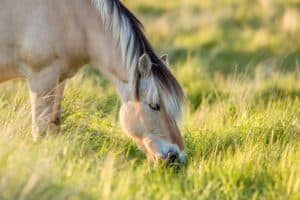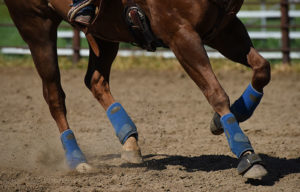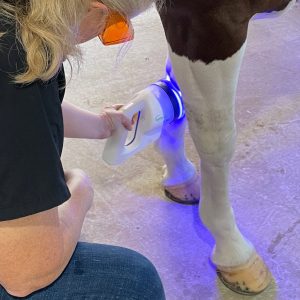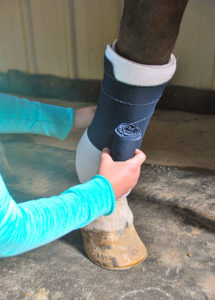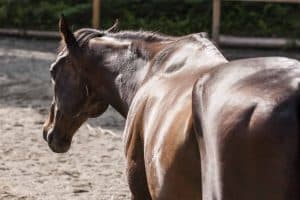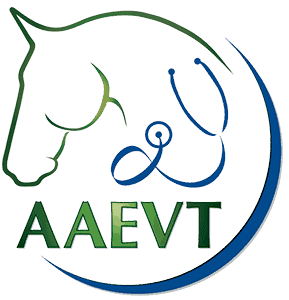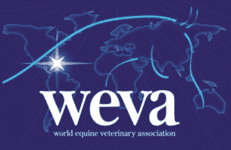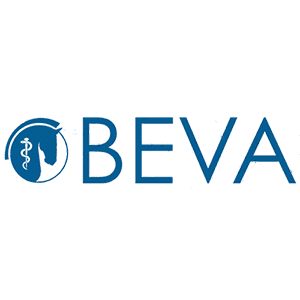Foals’, Mares’ Nutritional Needs Change Over Time, Milk Study Says
The nutritional needs of mares and foals in the first six months following birth are becoming better understood following recent scientific and mathematical research in Portugal.
New curve graphs of mares’ milk generated from milking sample
- Topics: Article, Feeding Foals and Young Horses, Foal Care, Mare Care
The nutritional needs of mares and foals in the first six months following birth are becoming better understood following recent scientific and mathematical research in Portugal.
New curve graphs of mares’ milk generated from milking samples show the variations in levels of protein, fat, and lactose in the first 180 days of lactation. Total milk output per day is also represented. These graphs reveal that whereas lactose levels go up throughout the nursing period, fat and protein levels drop. All three components go through rapid changes in the first month and more gradual changes in the following months.
“According to our curves, protein and energy requirements of the lactating mare would be expected to be greater during the first and second months,” said study co-author Ana Sofia Santos, MSc, PhD candidate in equine nutrition, and researcher at the Center of Studies of Animal and Veterinary Sciences, University of Trás-os-Montes and Alto Douro. “This means that these are the critical points in the supplementation (of lactating mares) in order to limit their loss of body condition score.”
Total milk output reaches a peak of about 14 kg (31 lbs) at 31 days and then steadily drops down to nearly half that amount by the six month mark. By three months, the production is low enough to indicate starting nutritional supplements for the foals, Santos said. “That way we can limit the break on foal growth, and these foals will be better prepared for weaning, and they will eventually get through (weaning) better,” she said.
Lactation curves for milk output (kg) and milk components (g/kg). Points represent average daily yields from study mares. |
The study focused on Lusitano mares, which are abundant in Portugal with 320 registered breeders throughout the country. However, Santos explained, the results are applicable to all light breed horses, such as saddle horses and thoroughbreds.
The curve graphs were created using a mathematical tool called a Wood’s model, which is usually used to trace cow’s milk graphs, according to the publication. In the past two years the tool has been applied to mare’s milk as well, but Santos’s study is the first to apply the model for the individual components in mare’s milk.
Although Santos’s work provides great insight into the understanding of the lactation period in mares, she said that more research must be carried out, including more frequent milk sampling in the first 15 and last 60 days before weaning, before concrete nutritional recommendations can be made.
The study was published in the February 20008 issue of the Journal of Dairy Science
Create a free account with TheHorse.com to view this content.
TheHorse.com is home to thousands of free articles about horse health care. In order to access some of our exclusive free content, you must be signed into TheHorse.com.
Start your free account today!
Already have an account?
and continue reading.

Written by:
Christa Lesté-Lasserre, MA
Related Articles
Stay on top of the most recent Horse Health news with


